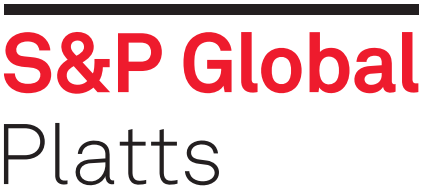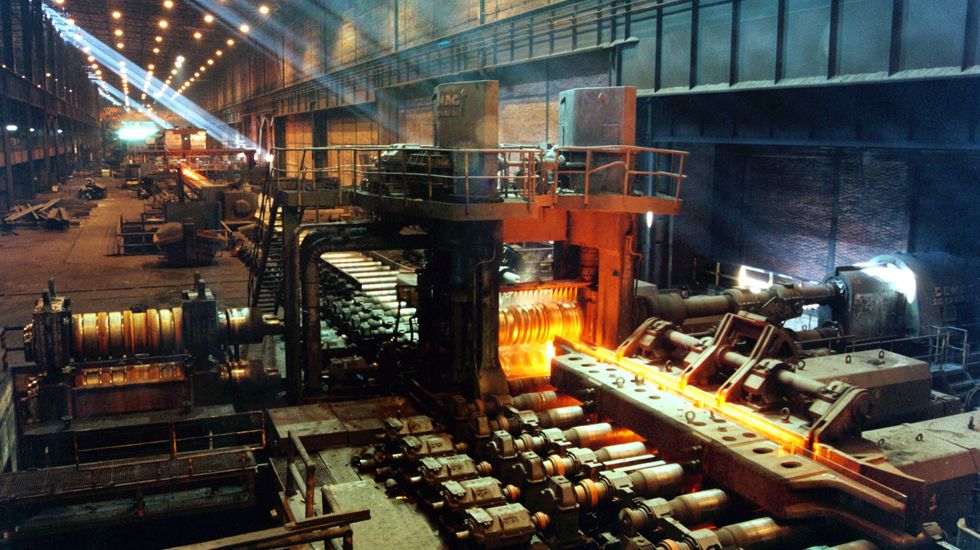Germany’s crude steel production fell 11% month on month in April to 3.4 million mt, but increased 31.5% year on year due to pandemic-related output cuts in the same period last year, data from German steel federation WV Stahl showed May 20.
April saw several public holidays that could explain the drop on the month, WV Stahl said. In the January-April period, crude steel production increased 9% year on year to 13.5 million mt, the data showed.
In April, crude steel production via the blast furnace route increased 31.9% on the year to 2.3 million mt, while production using the electric arc furnace rose 30.6% year on year to 1.1 million mt.
Pig iron production grew 27.1% year on year to 2.1 million mt, while hot-rolled production increased to 3 million mt, up 35% year on year.
The German market along with the rest of Europe has been suffering from persistent material shortage due to demand outpacing the production rates, long order backlogs at mills and lack of import opportunities. The daily Platts hot-rolled coil EXW Ruhr assessment stood at Eur1,100/mt May 19, continuing on all-time highs for eight consecutive weeks.
S&P Global Platts’ latest German steel sentiment survey among German producers, distributors, traders and end-buyers for May showed the index for production was at 62, indicating an increase from April’s stable index of 50. Producers’ index was at 75 — the most bullish on production levels — whereas traders’ index was at 60 and end-buyers at 50. An index of 50 denotes stability.
Most sources surveyed said there would be no additional domestic capacity in the market until after the summer period — with some saying not until early 2022 — which could create some tension if imports begin to show up in full force. Steelmaker Thyssenkrupp is expected to reline one of its major blast furnaces from summer which will take several months to complete.
— Laura Varriale






